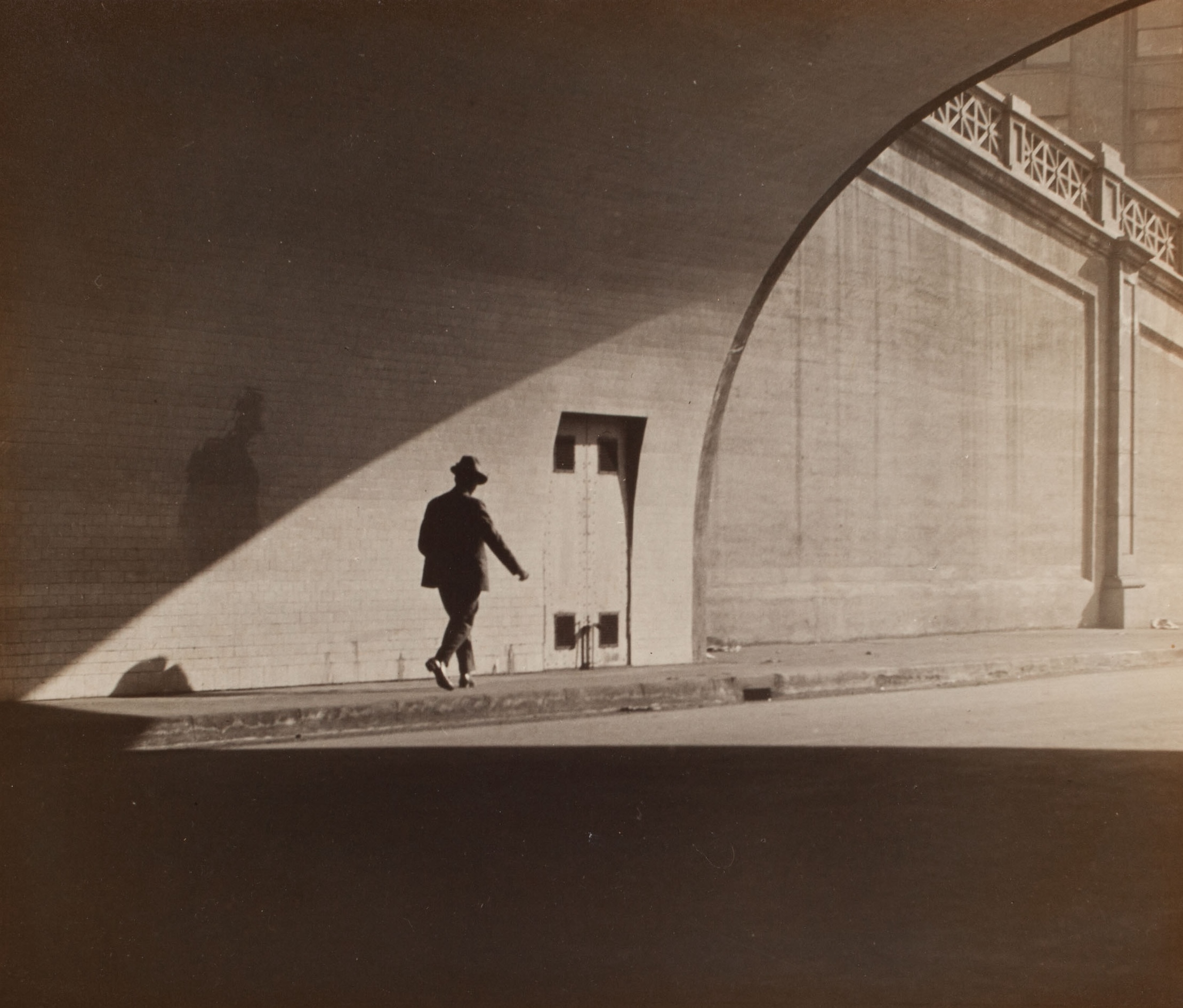
Little Tokyo, particularly at the beginning of the last century, has often been described as an isolated enclave. This was not always the case, especially for Sata and his fellow photographers. A number of prominent artists associated with the photographers in Little Tokyo, including Edward Weston, probably the most important photographer on the West Coast at the time.
Weston was even given three exhibitions in Little Tokyo. Likewise, Sata’s club hosted three exhibitions by prominent photographers from Japan, including Shinzō Fukuhara, who was regarded as the first important art photographer in Japan.
Publications from England, Germany, France, as well as America were read by the photographers in Little Tokyo. Many of these publications included modernist works created by prominent European photographers such as László Moholy-Nagy.
Photographs made by the Japanese Americans, including Sata, were also exhibited and published all over the world. They were seen by countless photographers in other countries, and they were widely appreciated. Works by Sata were exhibited in England, France, Italy, Spain, and Sweden, just to name a few.













